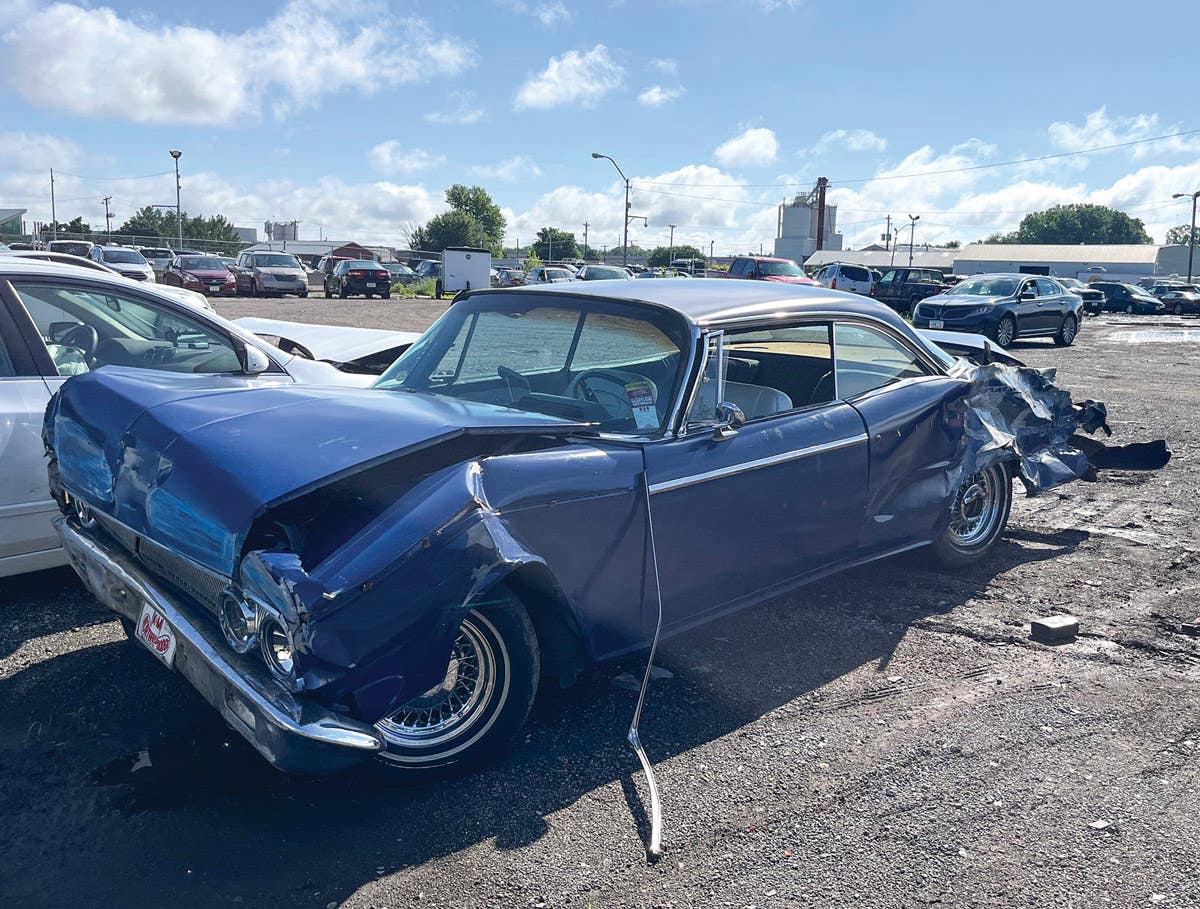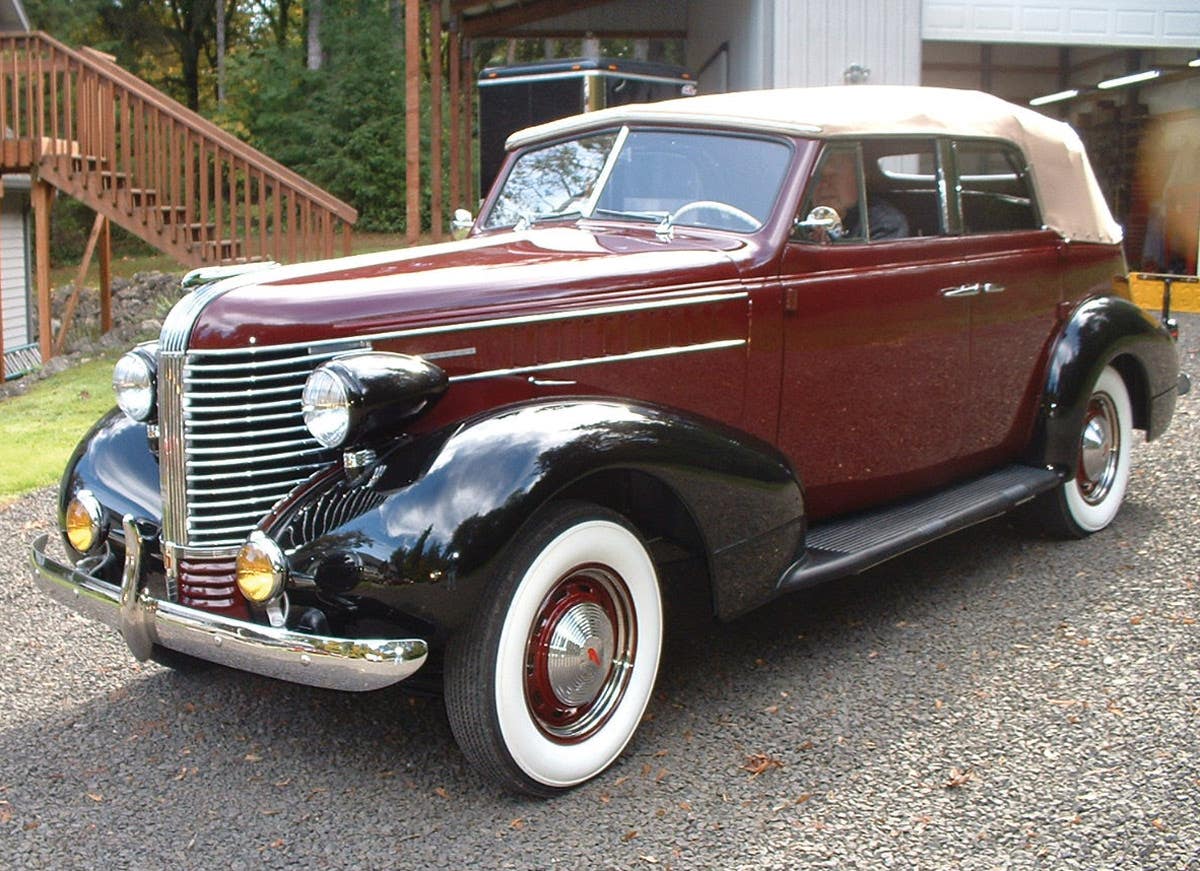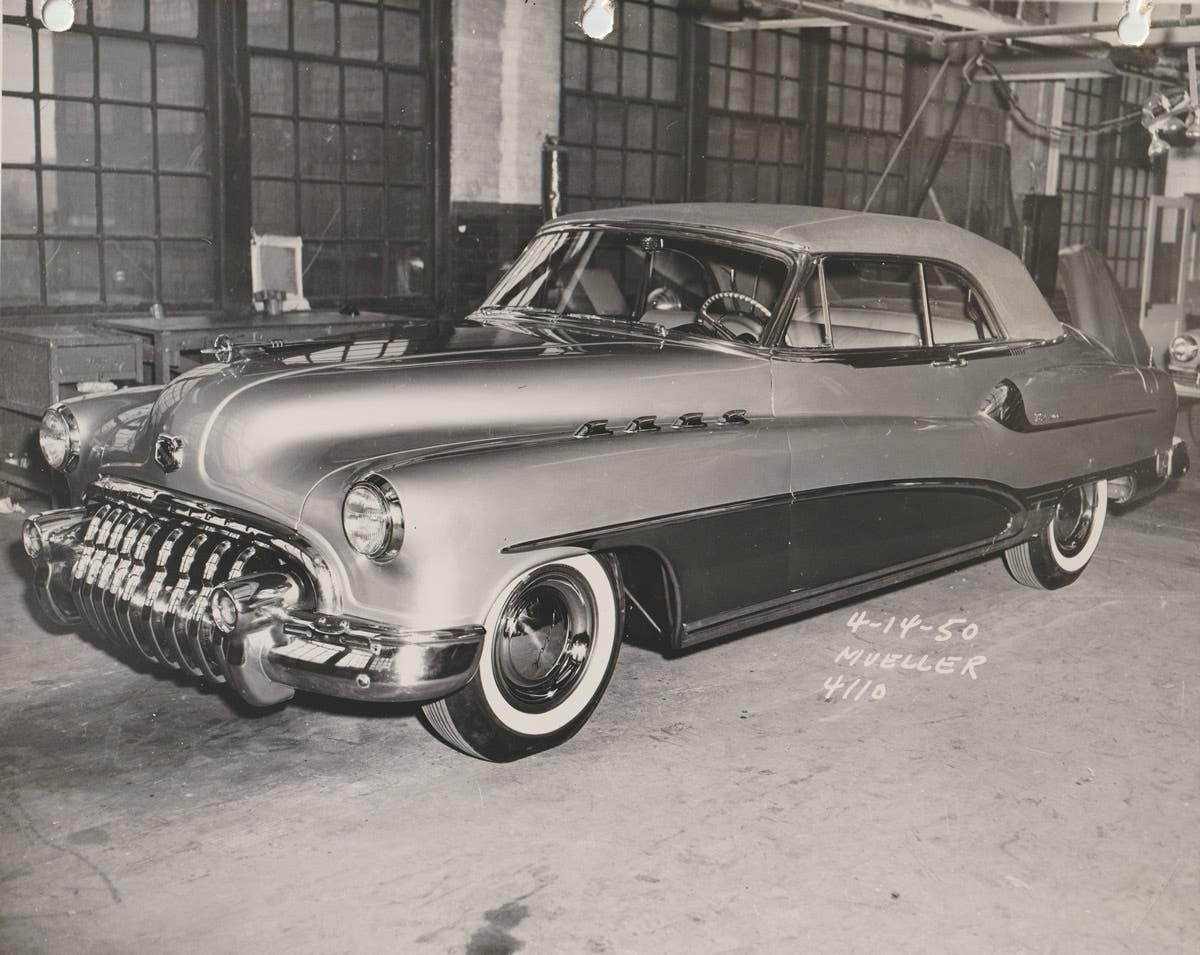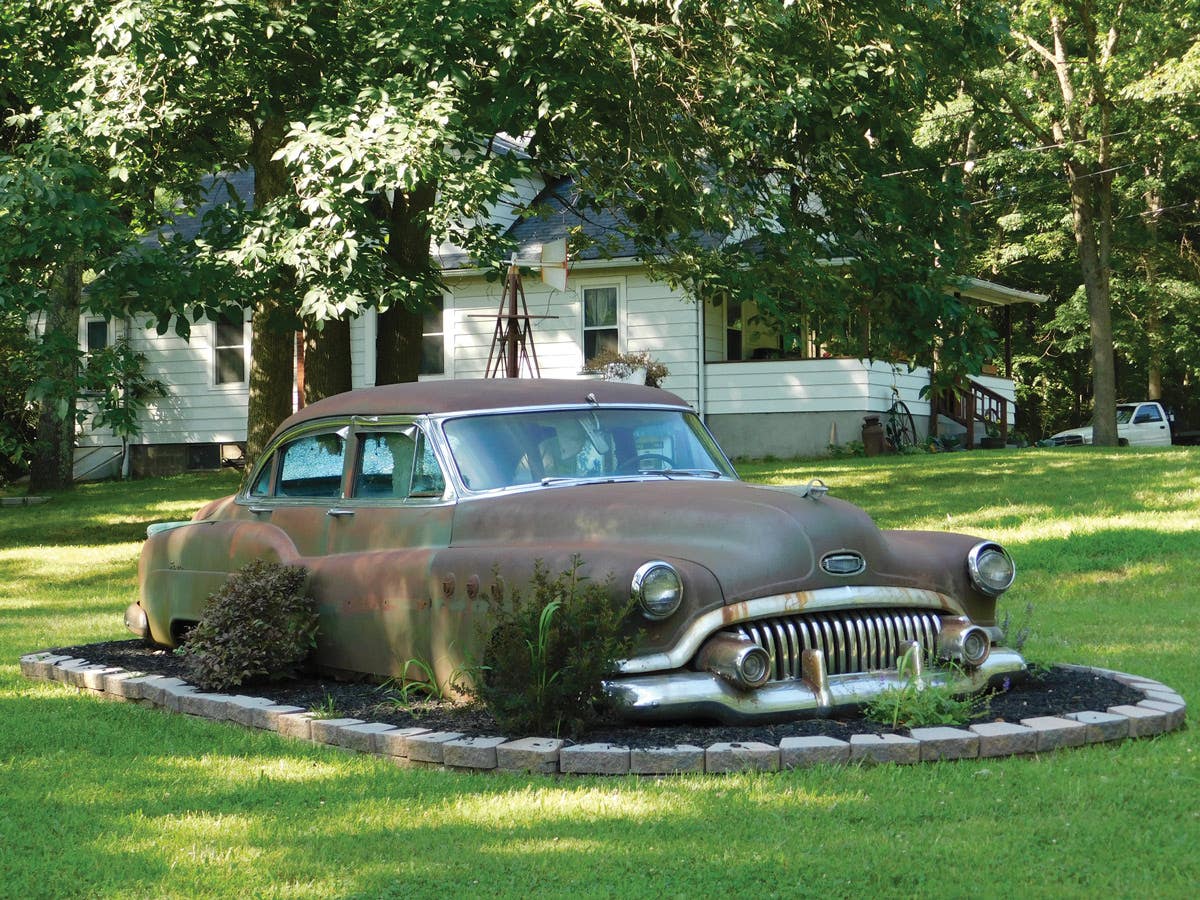Q&A with Kit Foster: August 23, 2012
Q. I have been searching without success for a reproduction gas ration sticker for the windshield of my Model A Ford. Any help would be appreciated. — Dave Siegel, Long…
Q. I have been searching without success for a reproduction gas ration sticker for the windshield of my Model A Ford. Any help would be appreciated.
— Dave Siegel, Long Beach, N.Y.
A. I knew I’d seen these somewhere. Robert Hoyt in Southampton, N.J., offers reproduction “A” stickers, the most common type used on private passenger cars, for $15. You can find him online at www.inspectionsticker.net, or phone 609-801-0005. He also offers a wide range of state inspection stickers, and political and patriotic window stickers.
-------------------------------------------------------------
Q. Eight months ago I found a long-term-stored 1963 Jeep J-2000 pickup (VIN 2406F 14071) with 59,238 original miles. The original owner had no desire to sell to anyone who would “juice it up and beat in the woods” (his words), and was particular to the point he had his daughter bring him to my farm to see my 1965 Ford E-350 flatbed and 1978 and ’70 F-100s.
Of course, I went through the normal rebuild-replace series of brake, clutch cylinders, carburetor, fuel system, complete with new fuel tank and radiator rebuild (the truck had sat for 27 years after 11 years of limited use). Is the electrical system positive or negative ground? I’ve been told both, and also told with this year being first of the no-flat-fendered trucks and new body style Wagoneer it was a change-over year. I’ve had it running without the dash panel connected so as not to burn up the gauges. The Tornado 230 I-6 runs fine both ways. Do you know, or can you tell me where to find, the correct way to hook up the battery?
— George Weisbrod, Alpine, Ala.
A. I was pretty sure the British were the only people clinging to 12-volt positive ground in the 1960s, but I checked my 1964 Motor’s Auto Repair Manual, which pretty clearly says negative ground for your truck. That Tornado six has always intrigued me, as it beat Pontiac to the overhead-cam brigade in postwar America, albeit with a chain and not a belt. It has a reputation of being a bit noisy and rough. Perhaps you can tell us how you find it once you get it in regular use.
-------------------------------------------------------------
Q. This is a response to the question from Ken Snyder about his flathead Ford rear main bearing seal (Q&A June 14). All rope-style RMB seals tend have some seepage. It’s the nature of the beast. The later lip-style seals provide a better leak-free seal than the rope seals. How much leakage from a rope seal is acceptable? That all depends on the owner. If it is leaving a fresh puddle every time you park it or it is leaving a trail of oil when running, then it’s time for a change.
The newer rope seal materials can be a bear to change. Before the ban on asbestos in the U.S., rope seals were made from asbestos and it was an easy material to work with. The later materials are much stiffer, harder to cut and harder to work into the upper groove while the crank is in place. While we do not offer a lip seal replacement for this engine, there may be one out there that will work.
— John Gurnig, Field Test Technician, Federal Mogul Corp., Skokie, Ill.
Q. Ken Snyder asked if the rear main seal can be replaced in the car on a 1948 Ford. I still have a tool that I used 40 years ago to stop rear seals from leaking. I do not know if this tool is still available. With the tool a pack of different size soft wires was included, up to 3/16-inch in diameter and not longer than the top seal. The tool was about 6 inches long with a hole drilled in the center with enough clearances for the wire. A plunger was inserted in the end and the wire was driven into the top seal to expand it. I would insert two to three wires normally, and this would stop the leak. A new bottom seal was used. The oil pan and rear main bearing cap had to be removed. A tool like this could be made. Another item that was used looked like a braided basket that was put on the end of the new seal and it was pulled around the crankshaft. All the bearing caps had to be loosened with this method.
— Ken Lowden, via e-mail.
Q. KD Tools makes the most complete remover-installer kit available for the Ford flathead. It is part #492, and you can call KD customer service and they will e-mail or fax (depending on which service person you get) complete instructions on the use of removing and reinstalling the seal, both in or out of the vehicle. You definitely should replace the top and the bottom as the top is usually the one that leaks. Also, if it sits more than it drives, you should stick with the rope seal.
— Tom Saelens, Darboy, Wis.
A. John, Ken and Tom, thanks for your advice. Newer materials often last longer, in addition to being less hazardous, but they can be very difficult to work with. KD Tools can be found at www.kd-tools.com, or 800-688-8949.
To submit questions to this column: E-mail angelo.vanbogart@fwmedia.com or mail to: Q&A, c/o Angelo Van Bogart, 700 E. State St., Iola, WI 54990-0001.
Got Old Cars?
If you don't subscribe to Old Cars Weekly magazine, you're missing out on the only weekly magazine in the car hobby. And we'll deliver 54 issues a year right to your mailbox every week for less than the price of a oil change! Click here to see what you're missing with Old Cars Weekly!
More Resources for Car Collectors:
- Classic car price guides, research, books, back issues of Old Cars Weekly & more
- Get expert restoration advice for your classic car
- Get car pricing, data and history all in one place
- Sign up for Old Cars Weekly's FREE email newsletter
- Need to buy or sell your classic car? Looking for parts or memorabilia? Search our huge online classified marketplace







